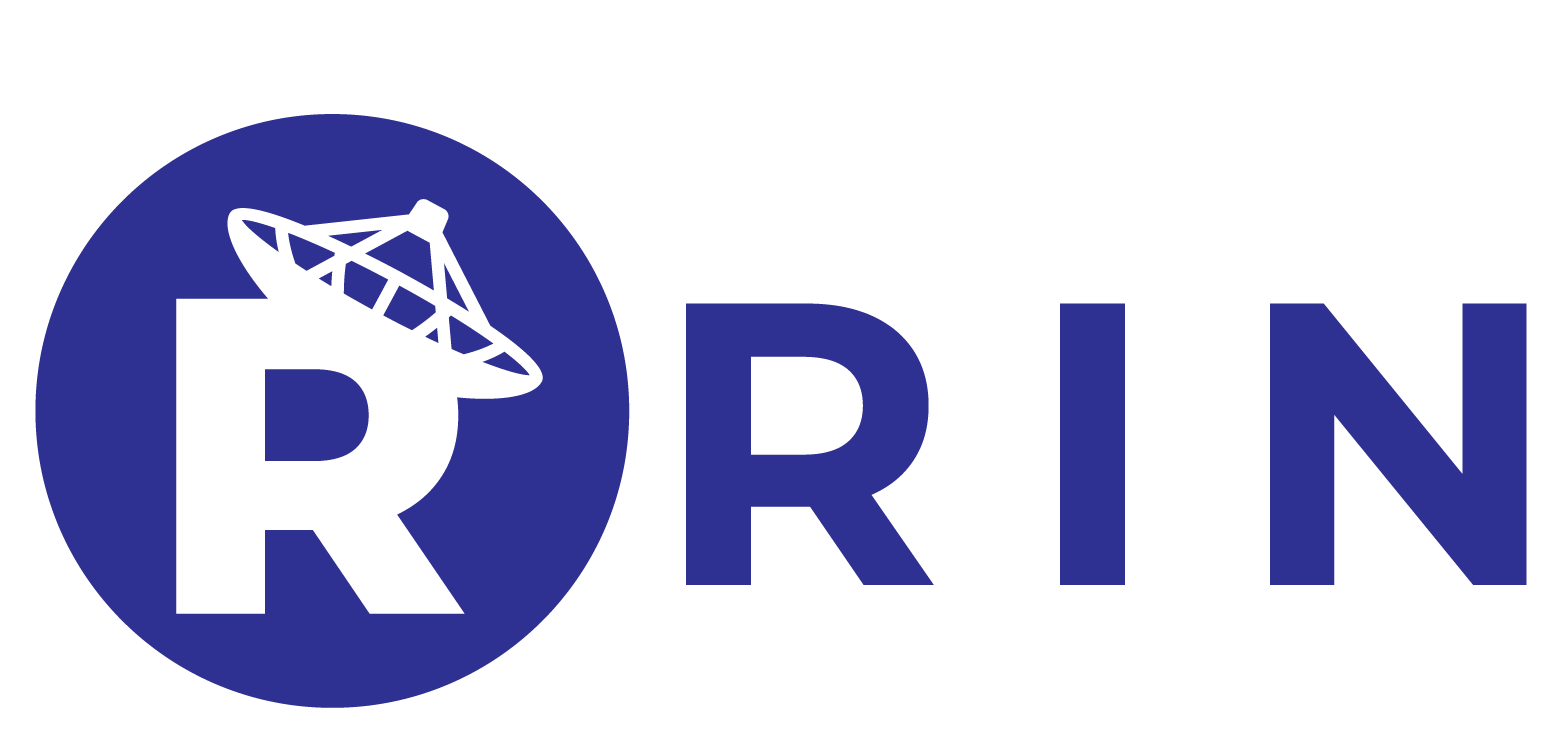Opinions expressed by Entrepreneur contributors are their own.
Success in business is never a solo act. Behind every thriving company is a high-performing team that understands its mission, works efficiently and delivers results. Just like in sports, where a well-coordinated team wins championships, in business, the right team determines whether a company scales or stagnates.
I’ve built and managed teams at Coworking Smart, and one thing became clear: The best companies don’t just hire employees; they build teams with purpose. As Jim Collins famously wrote in Good to Great, “First, get the right people on the bus, and then figure out where to drive it.” Your team must align with your vision before you can achieve great things.
Related: Sports Teams Can’t Be Successful Without Strong Players. Your Business Can’t Be Either.
Step 1: Hiring with purpose
Recruiting the right people is the foundation of building a winning team. Many founders of billionaire companies, particularly in Silicon Valley, dedicate two hours daily to hiring because they understand that talent is their greatest asset.
At Coworking Smart, we’ve seen firsthand that cultural fit is just as important as skillset. We prioritize hiring individuals who align with our core values and show adaptability. Resumes are important, but mindset and attitude are critical. I always ask myself: Would I want to work alongside this person every day?
A practical tip: Create a cultural fit questionnaire as part of your hiring process. This helps ensure that candidates resonate with your company’s mission before they even step through the door.
Step 2: Training like a championship team
Hiring is just the beginning — training is where the real magic happens. One of the biggest mistakes I see business owners make is throwing new hires into the deep end without proper onboarding.
When I worked at GOL Airlines, training was taken seriously. Before touching a single system, I underwent a week-long immersion learning the company’s culture, tools and processes. At Coworking Smart, we implemented the same approach, ensuring that every new employee undergoes a structured training program before fully integrating into the team.
Studies from Harvard Business Review show that companies with structured onboarding programs see 50% higher productivity rates from new hires. Training isn’t an expense — it’s an investment in long-term success.
Step 3: Setting clear expectations
A strong team is built on clarity. Employees should know exactly what is expected of them from day one. Clear role definitions, performance benchmarks and a structured feedback system help employees stay aligned with company goals.
Peter Drucker, often called the father of modern management, once said, “What gets measured gets managed.” Establishing key performance indicators (KPIs) ensures that every team member understands how their work contributes to the company’s broader objectives.
Step 4: Creating a culture of ownership
One of the most powerful transformations in a company happens when employees stop seeing themselves as workers and start seeing themselves as owners of their responsibilities.
-
Empower employees to make decisions that impact their work.
-
Foster a culture of accountability, not micromanagement.
-
Implement performance-based incentives tied to key outcomes.
At CoWorking Smart, we introduced profit-sharing programs that align team success with financial rewards. The result? Employees take personal responsibility for results, boosting both motivation and productivity.
Related: How to Structure and Build a Team For Long-Term Success
Step 5: Addressing underperformance proactively
Just like in soccer, some players will need a yellow card — a warning that performance needs to improve. The best teams address underperformance before it becomes a chronic issue.
A well-structured performance review system, including monthly check-ins and real-time feedback, helps keep employees on track. A study from MIT Sloan Management Review found that teams that receive continuous feedback perform 22% better than those with annual-only reviews.
If an employee continues to underperform despite clear feedback and support, it may be time for the red card — letting them go. As Peter Drucker wisely noted, “A well-run business has no place for the wrong person in the wrong job.” Keeping underperforming employees too long drains morale and lowers team efficiency.
Step 6: Reinforcing team culture through regular training
A great team isn’t built once — it’s constantly refined.
-
Hold monthly training sessions to refresh skills and introduce new strategies.
-
Encourage peer-to-peer mentoring to reinforce company culture.
-
Develop a knowledge-sharing system where employees document and pass down expertise.
At CoWorking Smart, we implemented a quarterly leadership development program, where high-potential employees are trained to take on more responsibility. This ensures business continuity and long-term scalability.
Step 7: Recognizing and rewarding excellence
People stay where they feel valued. According to Gallup, companies that implement employee recognition programs see higher retention rates and a 21% increase in profitability.
Simple strategies to recognize excellence:
-
Publicly acknowledge achievements in team meetings.
-
Offer monetary incentives tied to business goals.
-
Provide growth opportunities, such as promotions and special projects.
At Coworking Smart, we created an Employee of the Month program that highlights outstanding contributions, further reinforcing a culture of excellence.
Your business is only as strong as the team behind it. Building a smart team isn’t just about hiring employees — it’s about developing a group that aligns with your vision, performs at the highest level and continues to grow.
As Jim Collins said, “Great vision without great people is irrelevant.” The most successful businesses are those that take the time to hire well, train effectively, communicate clearly and reward excellence.
The key takeaway? Your company should serve you, not the other way around. Investing in the right team allows you to step back, scale and ultimately enjoy the freedom that entrepreneurship is meant to bring.


